Depending on the size and breed of your older pets you may have noticed that it is a bit slower when chasing a ball, struggles a bit more getting up the first thing in the morning or loses its breath a bit quicker. The aging process wears down your pet in much the same way it does us, but on a much faster pace.
While most human beings live to be 70+, a dog, depending on many factors, often lives for 10 years or less. Many dogs begin showing health/age related problems at different ages. This is related in a large way to the size of the animal.
Despite all those size and age brackets there is no one hard and fast rule. The best way to judge is based on the individual animal and the changes in its own behavior and health. The best thing you can do for an older animal is to keep it healthy and not over or under weight. Also, keep your older pets exercised, but be careful not to overdo it.
There are certain things you should look for in your pet as you do your grooming rituals. Below find a list of several things to watch for, especially in your older pets.
Teeth/gums: Check your pet and see what is normal for it as 搉ormal?may be different from one dog to another. Changes in gum color can indicate potential problems. Foul breath can be another warning sign as well as loss of weight, pawing at the mouth, excessive salivation, swallowing difficulty or other signs of pain.
Lumps/bumps: Check your pet for these as you groom the animal. Masses are common and in most cases are benign but if you find a new one of these, consult your vet to have it checked as cancer is quite common in dogs, particularly those who have not been spayed or neutered early in life.
Eyes: If you notice a change in the dogs eyes, such as a bluish-gray tint, consult with your vet to see exactly what is the cause and what treatment is involved. Cataracts, genetic diseases and other causes are often the root of sight loss in older animals.
Mobility: Arthritis is common in the older pets but other problems such as degenerative joint disease may be at the root of that stiffness in the mornings. Anti-inflammatory drugs or steroids are often prescribed to aid in this problem. Common aspirin can also help but is often used as a last resort due to side effects.
Changes in thirst and elimination: Changes such as increased thirst or having to 揼o" more often are indications of potential kidney or bladder disease or maybe even diabetes. Check with your vet.
Body/Coat Condition: Keeping your dog in shape cuts down on a lot of potential health problems - heart disease, etc. If the coat becomes overly flaky or there is excessive hair loss, your dog may have a hormonal problem which can be diagnosed through a simple blood test.
Heart disease: Changes in sleeping habits or coughing through the night can be indicators of canine heart disease. Frequent checkups can often prevent these types of diseases. Consult your vet with any questions that you may have concerning your older pets.
The needs of an older animal are often different so it is very important to maintain communication with much veterinarian concerning all your pets health problems or changes which are included in this advancing age process.
Article written and reprinted with permission of:
http://www.pedigreedpups.com/
Purebred Dogs, Puppies and Dog Breeders
"Your New Best Friend"
Copyright 2005. All rights reserved.

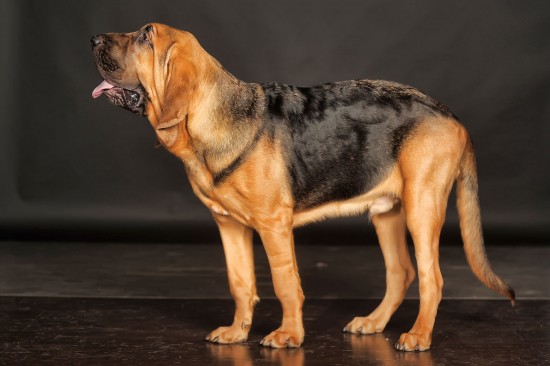 Hereditary Health And Conformation Issues Of The Bloodhound Dog
Hereditary Health And Conformation Issues Of The Bloodhound Dog
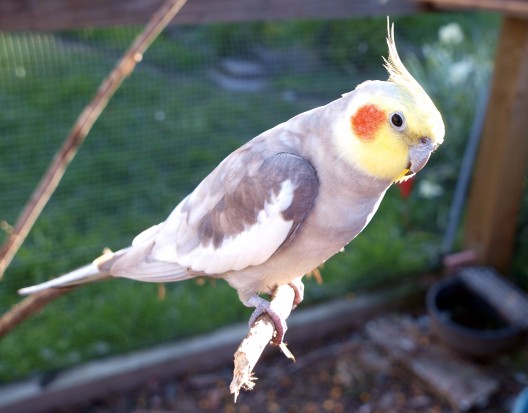 How To Care For A Bird With Arthritis
How To Care For A Bird With Arthritis
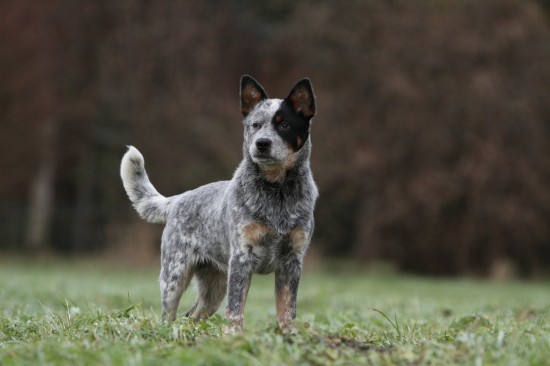 Similarities And Differences Between The Border Collie And The Australian Cattle Dog
Similarities And Differences Between The Border Collie And The Australian Cattle Dog
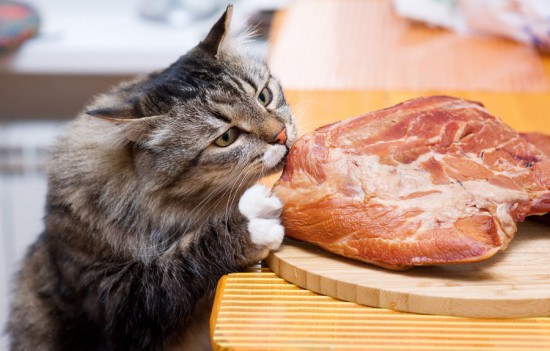 How To Stop Your Cat From Being Destructive
How To Stop Your Cat From Being Destructive
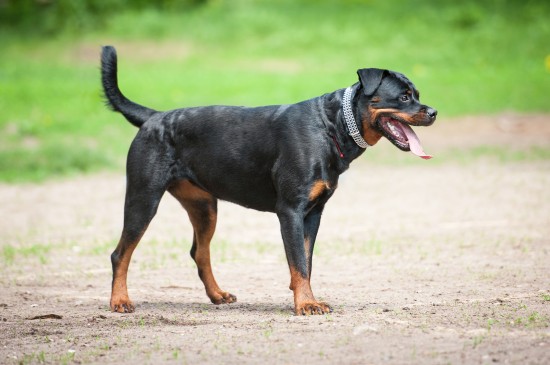 Rottweiler Hereditary Health And Health Testing
Rottweiler Hereditary Health And Health Testing
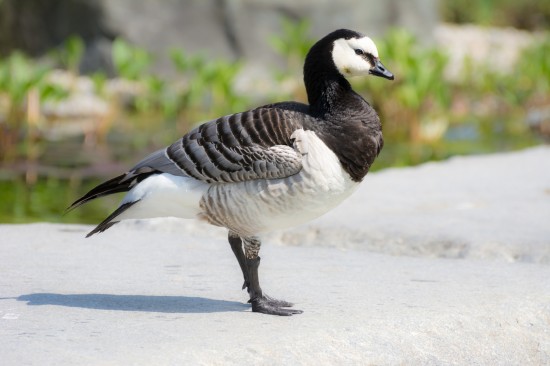 British Birds - Geese
British Birds - Geese
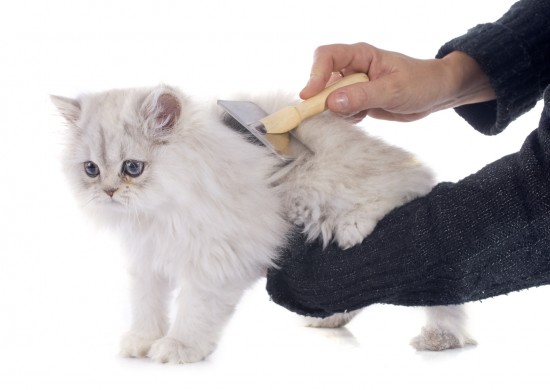 How To Groom A Long-haired Persian Cat
How To Groom A Lo
How To Groom A Long-haired Persian Cat
How To Groom A Lo
 Health Issues Commonly Seen In The Airedale Terrier
Health Issues Com
Health Issues Commonly Seen In The Airedale Terrier
Health Issues Com
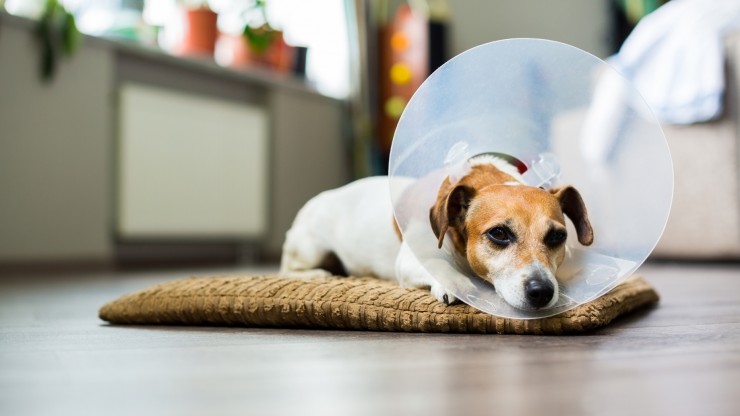 How To Care For A Dog After They Have Been Neutered
How To Care For A
How To Care For A Dog After They Have Been Neutered
How To Care For A
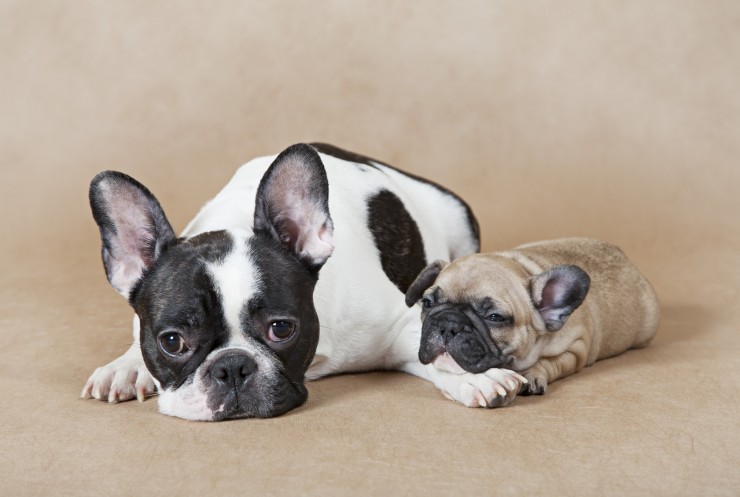 The Challenges Of Mating And Labour In The French Bulldog
The Challenges Of
The Challenges Of Mating And Labour In The French Bulldog
The Challenges Of
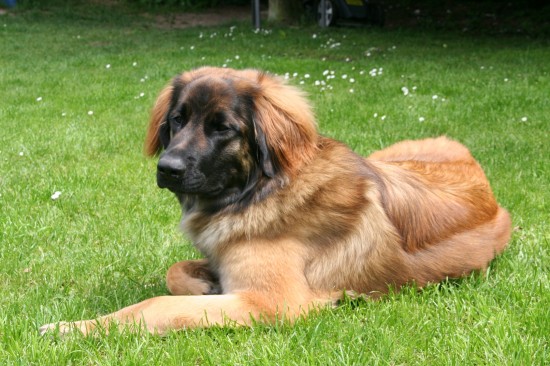 Can You Prevent An Unspayed Female Dog From Coming Into Season?
Can You Prevent A
Can You Prevent An Unspayed Female Dog From Coming Into Season?
Can You Prevent A